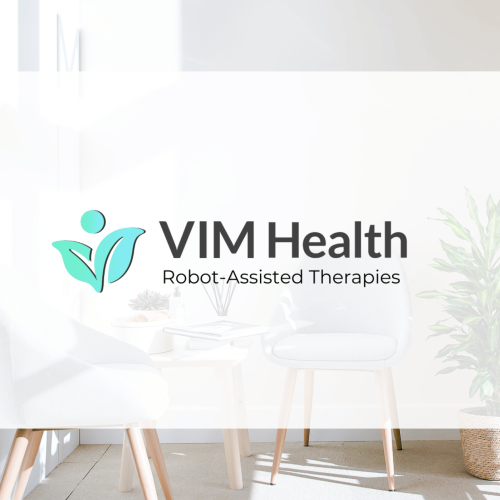This month is Parkinson’s awareness month, and to show our support, on the 11ths of April, the team at VIM Health joined forces with Neuro Heroes and many others to participate in the #Sit2Stand Challenge. Those from VIM who took part in the challenge on the day counted a total of 679 sit to stands, hoping to raise awareness of the benefits of exercise for those living with Parkinson’s Disease (PD).
Parkinson’s Disease is a chronic neurodegenerative disorder that affects movement and coordination. It is caused by the loss of dopamine-producing neurons in the brain, which leads to symptoms such as tremors, rigidity, and bradykinesia (slowness of movement). While there is no cure for PD, there are ways to manage its symptoms, and one of the most effective ways is through exercise.
Exercise is beneficial for people with PD in several ways. It can improve mobility, balance, and coordination, reduce stiffness and tremors, and improve mood and overall quality of life. Additionally, exercise can help slow down the progression of the disease and reduce the risk of falls and other complications.
However, exercising with PD can be challenging, as the symptoms of the disease can make it difficult to move and perform physical activities. It is essential to consult with a healthcare professional before starting an exercise program and work with a qualified trainer or physical therapist with experience working with people with PD.
Here are some tips for exercising with Parkinson’s Disease:
Start Slow
If you are new to exercise or last exercised a while ago, it is essential to start slowly and gradually increasing your workouts’ intensity and duration. This will help you avoid injury and fatigue, and allow your body to adapt to the new demands.
Choose the Right Type of Exercise
Not all types of exercise are suitable for people with PD. Low-impact activities such as walking, cycling, swimming, and yoga are generally safe and effective for people with PD. These activities can improve flexibility, balance, and coordination and reduce the risk of falls.
Focus on Balance and Coordination
People with PD often have balance and coordination problems, which can increase the risk of falls. Exercises focusing on improving balance and coordination, such as Tai Chi or Pilates, can be particularly helpful for people with PD.
Incorporate Strength Training
Strength training can help improve muscle strength and flexibility, making it easier to perform daily activities and reducing the risk of falls. However, using proper form and starting with light weights is essential to avoid injury.
Stay Motivated
Staying motivated can be challenging when you have PD, but staying consistent with your exercise routine is essential. Joining a support group or exercising with a partner can help you stay motivated and committed to your workouts.
Use Assistive Devices
Assistive devices such as canes, walkers, or braces can help improve balance and stability, reduce the risk of falls, and make it easier to perform daily activities.
Listen to Your Body
Listening to your body and taking breaks when you need them are essential. Exercising with PD can be tiring, and you must pace yourself and do what is necessary.
Be Patient
Exercising with PD can take time and patience. It may take several weeks or months to see significant improvements, but it is essential to remain consistent with your workouts and stay focused on your goals.
Get Adequate Rest
Getting enough rest and sleep is essential for overall health and well-being, particularly when you have PD. Adequate rest can help reduce fatigue, improve mood, and increase energy levels, making it easier to perform daily activities and exercise.
Exercising with Parkinson’s Disease can be challenging, but it is essential for managing the symptoms of the Disease and improving the overall quality of life. Starting slowly, choosing the right type of exercise, focusing on balance and coordination, incorporating strength training, staying motivated, using assistive devices, listening to your body, being patient, and getting adequate rest are all crucial factors to consider when starting an exercise program with PD.
Get In Touch
We have qualified physios on hand in our accessible gym to support you on your health journey. If you are interested in signing up for our VIM Gym membership or would like more information on the facilities we have available, please get in touch.
